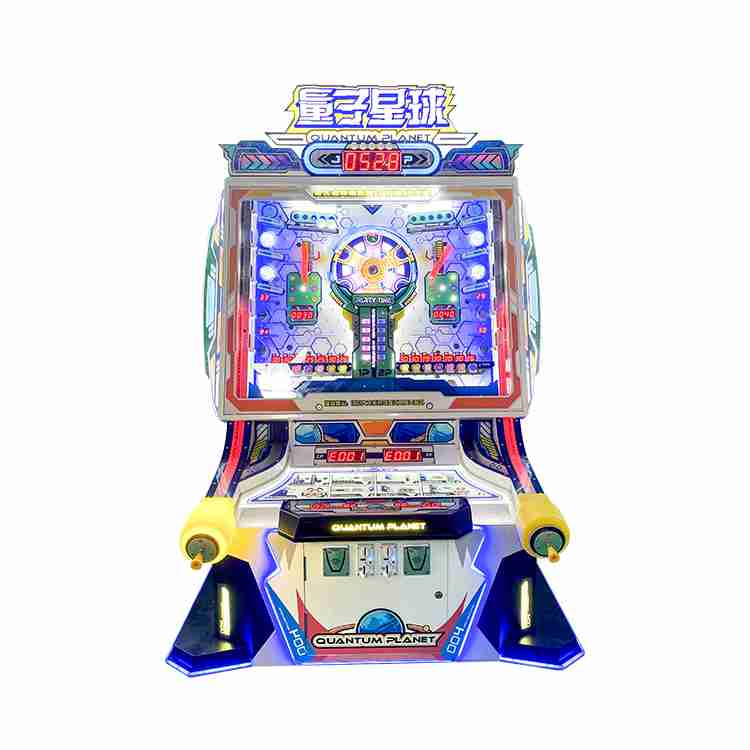Essential Guide to Cleaning and Maintaining Your Air Hockey Table and Air Cushion Puck Equipment
Keeping your air hockey table or air cushion puck device in top condition is key to ensuring smooth gameplay and extending its lifespan. Whether you’re an occasional player or a dedicated enthusiast, understanding proper cleaning and maintenance habits will dramatically improve your gaming experience.
Why Clean and Maintain Your Air Hockey Equipment?
Air hockey tables rely on a steady flow of air through thousands of tiny holes beneath a smooth surface to create a nearly frictionless playing field. This airflow lifts the puck, allowing it to glide effortlessly. Over time, dust, dirt, spilled liquids, and debris can clog air holes or reduce surface smoothness, which directly impairs puck movement and game responsiveness.
Neglecting maintenance may cause uneven airflow, puck stalling, or surface stickiness — all of which diminish play quality and potentially shorten your equipment’s life. Regular cleaning and upkeep help preserve airflow integrity, maintain fast puck velocity, and keep player controls reliable.
Recommended Cleaning Frequency for Optimal Performance
Establishing a cleaning schedule suited to your usage level helps maintain peak performance without overburdening your effort:
- Daily or Post-Play Quick Cleaning: Wipe down the surface and remove visible debris to prevent buildup.
- Weekly Surface Check: Inspect for spills, marks, or surface damage and clean with a damp cloth.
- Monthly Deep Cleaning: Unplug the machine and clean air holes, vents, and internal fans carefully to maintain clear airflow.
- Seasonal or Usage-Based Deep Maintenance: Check mechanical parts and electronic components, repair any damage, and lubricate moving parts as needed.
This schedule balances convenience and thoroughness, ensuring the table performs well without requiring professional service frequently.
Tools and Cleaning Materials You’ll Need
Your toolkit for upkeep should include the following items, chosen for effectiveness and safety on delicate surfaces:
- Vacuum Cleaner with Brush Attachment: To remove dust from vents and surfaces without scratching.
- Compressed Air Canister: Ideal for blowing out clogged air holes and internal circuit boards.
- Microfiber Cloths: Soft and non-abrasive for wiping down the playing surface and components.
- Isopropyl Alcohol (70% or above): For sanitizing controls and plastic parts without leaving residue.
- Mild, Ammonia-Free Cleaner: To safely clean the table surface without damaging materials or causing stickiness.
- Silicone-Based Lubricant: Useful for maintaining smooth movement of mechanical components.
- Epoxy Resin or Repair Kits: For fixing minor surface dents or cracks.
- Soft Brushes or Toothbrush: To scrub hard-to-reach crevices gently.
Always avoid harsh chemicals, abrasive sponges, or paper towels which can scratch or degrade the surface and components.
Step-by-Step Cleaning and Maintenance Instructions
1. Air Holes and Fan Cleaning
Turn off and unplug your device before beginning. Use a vacuum with the brush attachment or compressed air to clear dust and debris from air vent holes evenly. Clogged holes restrict airflow, so ensure no particles remain. Clean internal fans using compressed air carefully, avoiding moisture intrusion to prevent electrical damage.
2. Surface Dusting and Wiping
Gently vacuum the entire playing surface to collect loose dirt. Follow with wiping using a microfiber cloth dampened slightly with a mild, ammonia-free cleaner. Avoid excess moisture. Do not use wax-containing products, as these can cause puck sticking.
3. Repairing Dents and Surface Damage
Small depressions or dents affect puck glide. For minor dings, mix and apply a clear epoxy resin to fill the imperfection. Let it cure fully to restore smoothness. Larger cracks or broken edges may require sanding with fine-grit sandpaper and patching with plastic repair kits. Always test repair materials on a hidden area first.
4. Accessory Care
Clean mallets and pucks regularly with warm water and mild soap, drying thoroughly to avoid moisture damage. Inspect for cracks, replacing worn items to maintain performance and safety.
5. Surface Polishing and Lubrication
Once repairs and cleaning are complete, you can gently polish the table surface with a silicone-based spray designed for plastic or laminate. This step enhances smoothness and protects against wear. Apply lubricant sparingly to any moving mechanisms, such as scoreboard parts or cabinet hinges, following manufacturer guidance.
Additional Maintenance and Usage Tips
- Avoid Placing Drinks or Food on the Table: Spills lead to surface damage, warped wood, and electrical risks. Clean spills immediately with a damp cloth.
- Utilize Side Guards: Install or maintain side bumpers that protect the playing field, help keep the puck in play, and reduce impacts on the cabinet edges.
- Optimize Lighting Conditions: Proper overhead lighting not only makes game play easier on the eyes but also boosts room ambiance, encouraging longer sessions and player enjoyment.
- Regular Decluttering Around the Table: Keep the play area free of items that could cause damage or accidents.
- Monitor Usage Time: Implement session limits to prevent overheating and mechanical fatigue, especially in public or arcade settings.
Common Issues and FAQs
Q: Why does the puck sometimes slow down or stick?
A: Often caused by clogged air holes, dirty surfaces, or debris buildup. Regular cleaning of vents and surface improves glide.
Q: How can I fix minor scratches?
A: Use fine sandpaper gently followed by proper surface polish. For deeper marks, epoxy filler may be required.
Q: Can I use household cleaners on the table?
A: Avoid cleaners with ammonia or abrasive ingredients. Use mild, plastic-safe solutions to protect surface integrity.
Q: How do I maintain the fans?
A: Clean dust with compressed air monthly and replace fans if noise or failure occurs. Avoid liquid contact inside the cabinet.
Expert Insight from My Experience
In managing several entertainment centers, I observed a consistent pattern: tables maintained with a monthly deep-clean and weekly quick-touch performed 30% better in customer satisfaction scores. One location reduced repair costs by nearly 40% after instituting a simple compressed air cleaning schedule for all their air hockey tables.
Moreover, training staff on quick surface wipe-downs after each use kept units looking new and functional, encouraging repeat visits. The small investment in silicone-based surface polish delivered longer intervals between repairs. This practical approach balances user convenience with operational efficiency.
For arcade operators and home enthusiasts looking to expand their game offerings, redemption game machine s such as the Quantum Planet Pinball Machine present a durable, engaging option. Sized compactly at 1650mm by 1300mm with robust AC220V/110V power input, this machine combines fun gameplay and prize redemption features. Regular maintenance as described ensures these machines remain responsive and enjoyable for years. Investing in quality and upkeep maximizes return on such assets.
References
The cleaning and maintenance recommendations here reflect industry best practices consolidated from authoritative sources such as the Amusement & Music Operators Association and JAMMA, which emphasize preventive care to optimize arcade equipment lifespan and player experience. For detailed technical insights, consult their publications and maintenance guidelines.
- Amusement & Music Operators Association (AMOA) – Equipment Maintenance Standards
- Japan Amusement Machine and Marketing Association (JAMMA) – Arcade Machine Care
- Amusement 360 – Best Practices in Redemption Game Maintenance



















MARWEY
MARWEY
MARWEY
MARWEY
MARWEY
MARWEY